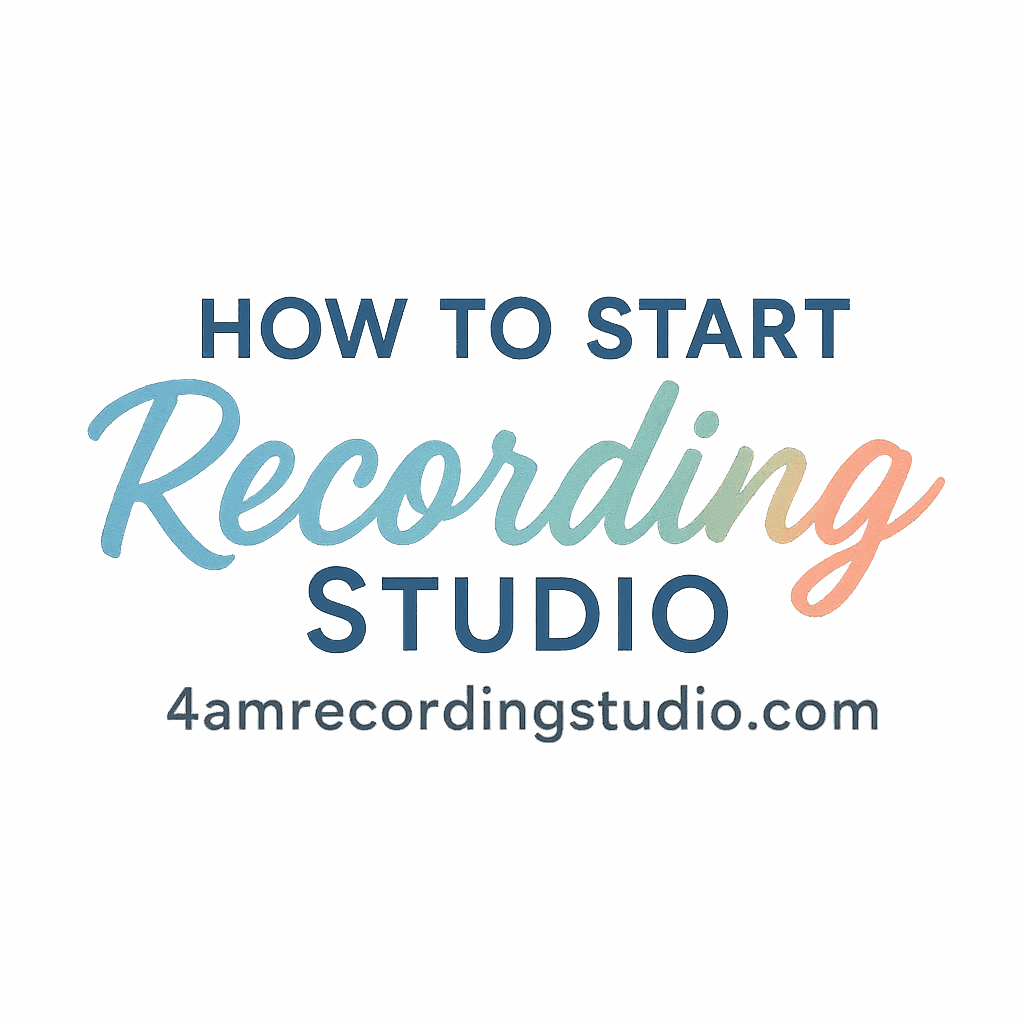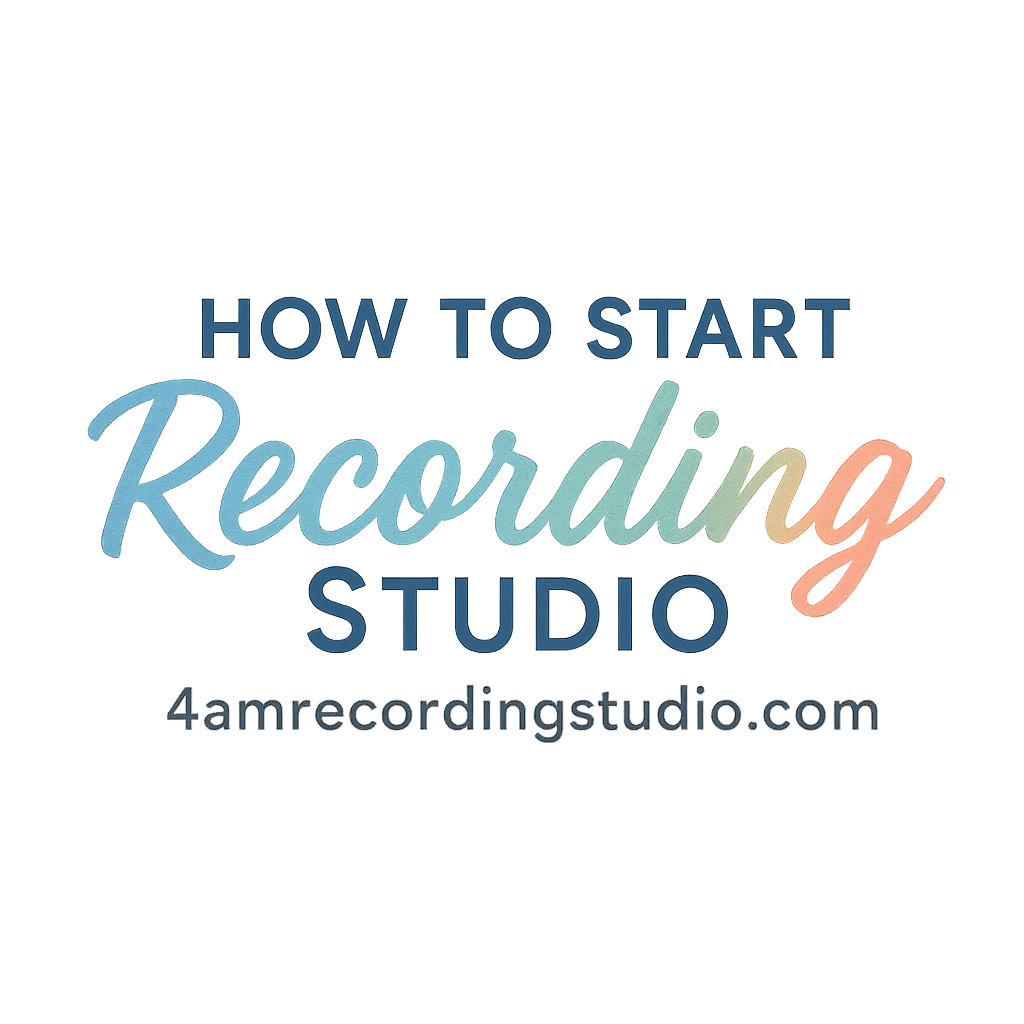1. Focusrite Scarlett 2i2 (3rd Gen)
Why It’s Perfect for Beginners
This red box is everywhere—and for good reason. It’s budget-friendly, portable, and sounds clean. With two combo inputs and Focusrite’s acclaimed Air mode, the Scarlett 2i2 is ideal for solo artists and podcasters.
- Pros: Great preamps, direct monitoring
- Best For: Beginners, singer-songwriters, streamers
2. Universal Audio Apollo Twin X
Premium Audio Conversion & Real-Time Plugins
If you’re chasing premium analog warmth with digital convenience, look no further. The Apollo Twin X features elite conversion and real-time UAD plugins that emulate classic gear.
- Pros: Legendary UAD plugin integration
- Best For: Professionals, studio growth
3. PreSonus Studio 1824c
A Complete Solution for Growing Studios
Want to record a full band or drum kit? This rack-mountable interface gives you 8 mic inputs, MIDI, and stellar sound quality. It’s perfect for studios looking to scale.

- Pros: Ample I/O, Studio One Artist included
- Best For: Studio business planning, bands
4. Audient iD14 MKII
Pristine Sound with USB-C Simplicity
Audient’s iD14 MKII delivers class-A preamps, scroll control, and ADAT expandability. The quality here rivals gear 3x the price.
- Pros: Professional audio quality, ergonomic controls
- Best For: Producers, solo engineers
5. MOTU M4
High-Performance Metering and Loopback
The MOTU M4 is built for creators who want precision and flexibility. With full-color metering and built-in loopback, it’s great for streamers and podcasters too.
- Pros: Loopback for streaming, excellent metering
- Best For: Podcasters, YouTubers, educators
6. Behringer UMC404HD
Affordable Yet Feature-Packed
This four-input beast punches way above its price. With MIDAS preamps, MIDI I/O, and 4 outputs, it’s ideal for budget-conscious musicians.
- Pros: Great value, solid build
- Best For: Income-focused studios, beginners
7. SSL 2+ Audio Interface
Legendary SSL Sound in a Compact Box
Solid State Logic is known for their legendary mixing consoles, and the SSL 2+ brings that character to your desktop.
- Pros: Legacy 4K button, pro-grade build
- Best For: Engineers who want that “console” vibe
8. Steinberg UR44C
Built-In DSP Effects for Real-Time Monitoring
With built-in DSPs, you can apply compression, EQ, and reverb while tracking, all with zero latency. USB 3.0 keeps things snappy.
- Pros: DSP FX, iOS compatibility
- Best For: On-the-go creators, hybrid setups
9. Native Instruments Komplete Audio 6 MK2
Ideal for Creatives Using NI Instruments
A sleek interface with 6 I/O, Komplete Audio 6 is designed for Native Instruments’ ecosystem. If you use Kontakt or Maschine, it’s a perfect fit.
- Pros: Works great with Komplete suite
- Best For: Electronic producers, beatmakers
Choosing the Right Interface for Your Studio
Consider Your I/O Needs
Ask yourself—how many mics or instruments will you record at once? Don’t overspend on channels you won’t use.
Match It to Your Workflow
If you mix in-the-box or collaborate online, you might prioritize loopback or MIDI features. Need help setting up? Visit our Recording Studio Setup Basics.
Don’t Skimp on Drivers and Software Support
A great interface needs reliable drivers and ongoing software updates. Choose brands with a strong reputation and support system.
Tips to Maximize Your Interface’s Performance
Use Quality Cables and Monitor Placement
Even the best interface won’t save you from noisy cables or bad monitor angles. Clean signal paths are everything.
Regular Firmware & Driver Updates
Check your manufacturer’s site for updates. These can fix bugs, improve latency, and add features.
Integrate with the Right DAW and Gear
Your interface should work with your workflow. Some are better suited for controllers, while others shine with analog gear or synths.
Conclusion
Investing in a quality audio interface is like giving your studio a brand-new set of ears. Whether you’re a beginner experimenting at home or a professional chasing chart-ready sound, there’s an interface here that fits the bill. Remember—your interface is the gateway to your creative vision. Choose wisely, and your sound will thank you.
And hey, if you’re diving deeper into the studio world, be sure to explore resources from 4AM Recording Studio, including insights on business planning, gear, and growth strategies.
FAQs
1. Do I need an audio interface for a home studio?
Yes! If you’re serious about quality, an audio interface is a must. Built-in sound cards just don’t cut it.
2. What’s the difference between USB and Thunderbolt interfaces?
Thunderbolt is faster and offers lower latency, but USB interfaces are more widely compatible and cost-effective.
3. Can I use my audio interface with my phone or tablet?
Some interfaces (like the UR44C) offer iOS compatibility. Just make sure they support your mobile device.
4. How do I know if my interface is good quality?
Look at preamps, latency specs, bit depth (24-bit+), and user reviews. Trusted brands help, too.
5. Should I upgrade my interface or my microphone first?
If your interface is bottlenecking your mic’s potential, upgrade it first. It’s the foundation of your signal chain.
6. Can I record a full band with a budget interface?
It’s possible, but you’ll need multiple inputs. Look for interfaces with 4+ mic inputs or ADAT expansion.
7. Where can I learn more about managing and marketing a studio?
Head over to 4AM Recording Studio’s business resources for tips on marketing, growth, and management.


